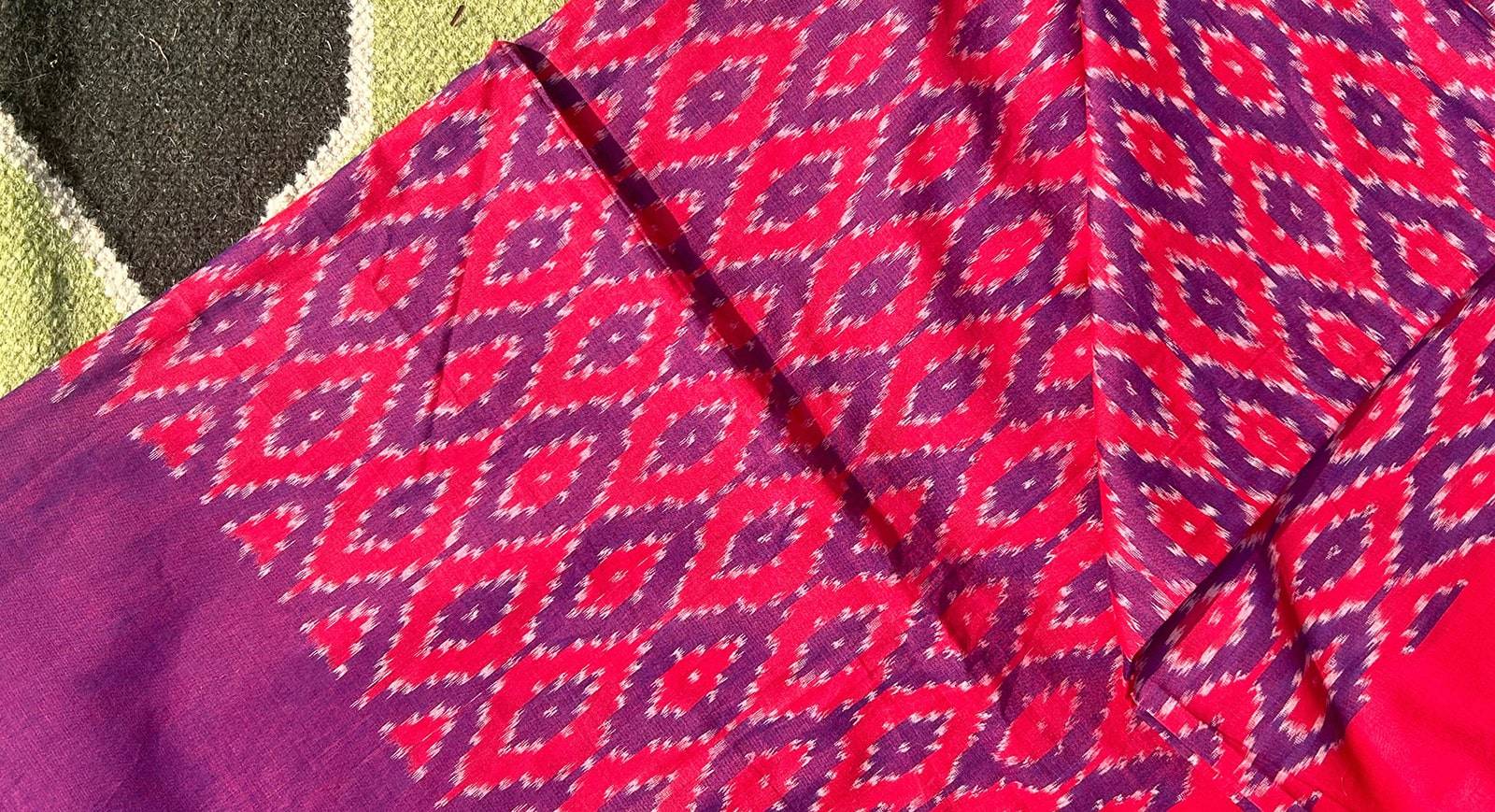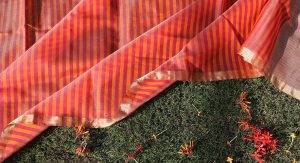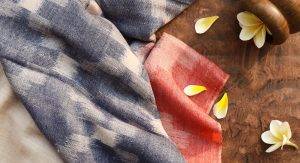
The Meticulous Ikat Weave
Eye-catching, hazy-looking ornamental weave that makes for some of the most statement fabric, Ikat is a craft that is practiced mainly in Telangana, Odisha, Andhra Pradesh and Gujarat, in India.
Ikat is an old craft that can be dated back to the 7th century. Its origins are uncertain given the historic signature patterns found in many countries across the world. In Cambodia, Indonesia, Thailand, Myanmar and others, Ikat exists in 3 different weave styles – warp ikat, weft ikat and double ikat.
The word ‘Ikat’ comes from the Malaysian-Indonesian word ‘mengikat’ which means ‘to bind’ or ‘to tie’. After the thread yarn is washed, it is spread on a wooden frame to check the consistency of the fabric. The yarn is then marked on and layered together precisely to tie for the dyeing process. This process defines the accuracy of the patterns that will finally shine on the fabric. Once dyed, these yarn are laid on the loom to form the Ikat cloth.
The resist-dyeing technique that creates diamonds, triangles, flowers, animals, and motifs from the history of the locals, Ikat uses high contrasts in the dyed colors and is mostly a cotton, silk or wool weave.
In India, Ikat comes as Telia Rumaal, Pochampalli, Sambalpuri, Patan Patola, Puttapaka and more. The beauty of a handwoven Ikat is that no fabric is the same as another. A different combination of colors, a new pattern and with the hand of every artisan involved in the process of Ikat, this weave is one-of-a-kind in itself.






